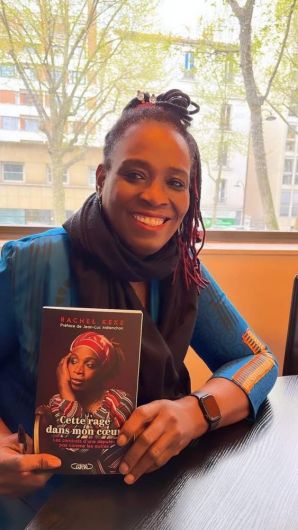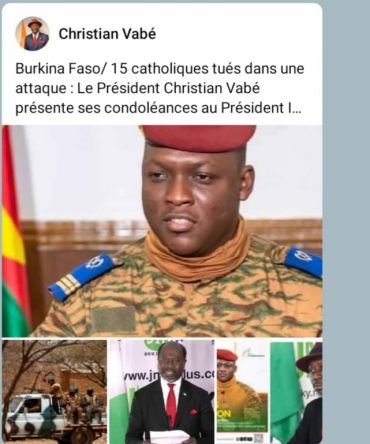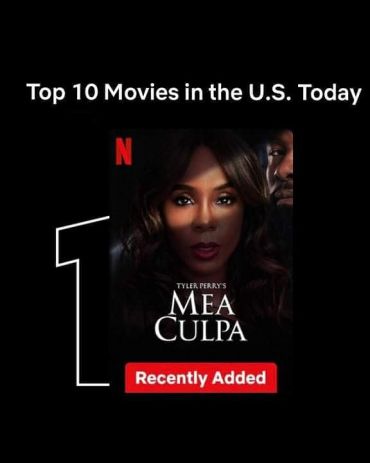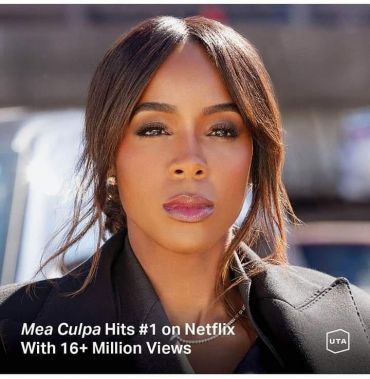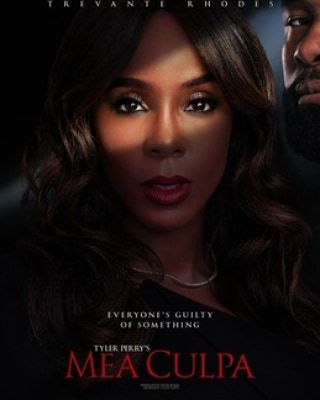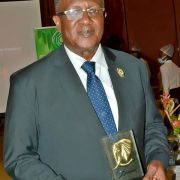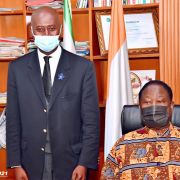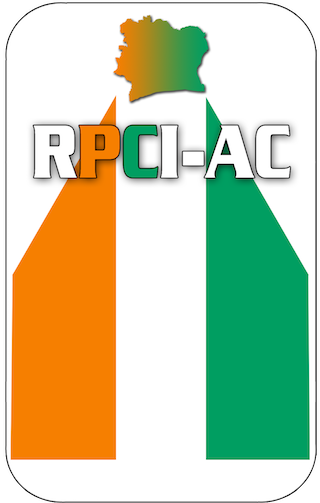"PACKAGING POLITICAL PROPAGANDA":"FOCUS ON A POLITICAL CAMPAIGN FILM NOWADAYS"!
Le 28 septembre 2012 par IVOIREBUSINESS - The purpose of this essay is to analyze the "Myths" and "Markers" in two political campaigns films, one produced for President "Ronald Reegan's
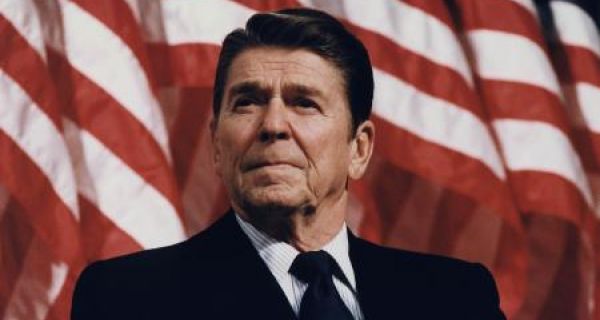
Le 28 septembre 2012 par IVOIREBUSINESS - The purpose of this essay is to analyze the "Myths" and "Markers" in two political campaigns films, one produced for President "Ronald Reegan's
reelection campaign in the United states in(1984), the other for prime Minister "Ingvar Carlson" in the Swedish (1991) national election. By the world "Marker" we mean the visual and/or verbal signs which an actor uses or transmits to the outside world in trying publics to take positions on particular ideas, policies, or candidates.
The political campaign film belongs to a neglected genre of Communication research. Most studies to date by US scholars have focused on spot adverstisements in assessing the visual aspects of political image making("REF":"Diamond and bates"(1992), "Jamieson"(1992), 1984;Kern, 1989).Only recently have studies begun to appear which focus on the campaign film as a rhetorical genre("REF":"Morreale", 1993, 1991, 1991;"Gronbeck", 1993).The main difference between the two genres is that spot advertisements are very short usually 15 to 30 seconds and only give the viewer a glimpse of the candidate and what he believes in. Campaign films, by contrast, are up to thirty minutes long and can provide a more comprehensive picture of the candidate, his or her background and beliefs. By studying contemporary campaign films we are thus likely to get a better sense of the processes whereby myths or ideologies are created or maintained.
The film that we are about to analyze came from two different political cultures and systems, "Sweden" and the "United Sates"(Ref: ÂSARD, 1989; 1992, Lundqvist 1980). Dissimilar are these systems may be, they nevertheless share some common traits as regards elections and Campaign Communication. The technique used in creating and selling these films, for instance, are remarkably similar and may be seen as part of a global Media language dominating many cultures and countries, particularly inWestern Europe and the United states. Most voters nowadays get most of their informations about politics from television. I am using the political campaign film here as the epitome of today's "televisual" Rhetoric. A comparative approach may enable us to explore the varying ways parties and candidates use television to project images and promote Myths. The essay can thus be seen as a contribution to the burgeoning field of comparative political Communication: ("REF":"Gurevitch" and "blumber 1990").
"Today, we can 't help asserting the fact that political Communication still remains at the heart of a political campaign: Due to an efficient politcal Communication during his political campaign, "BARACK OBAMA" won the presidential election 2007 in USA to the astonishment of the world opinion... As a result, those who are still taking political communication for granted in the political field in the third world, particularly in Africa, do that at their peril" !
(Yves T BOUAZO)(the Conclusion is from the staff-"sources "the study of political communication" from "Eric Äsard")


